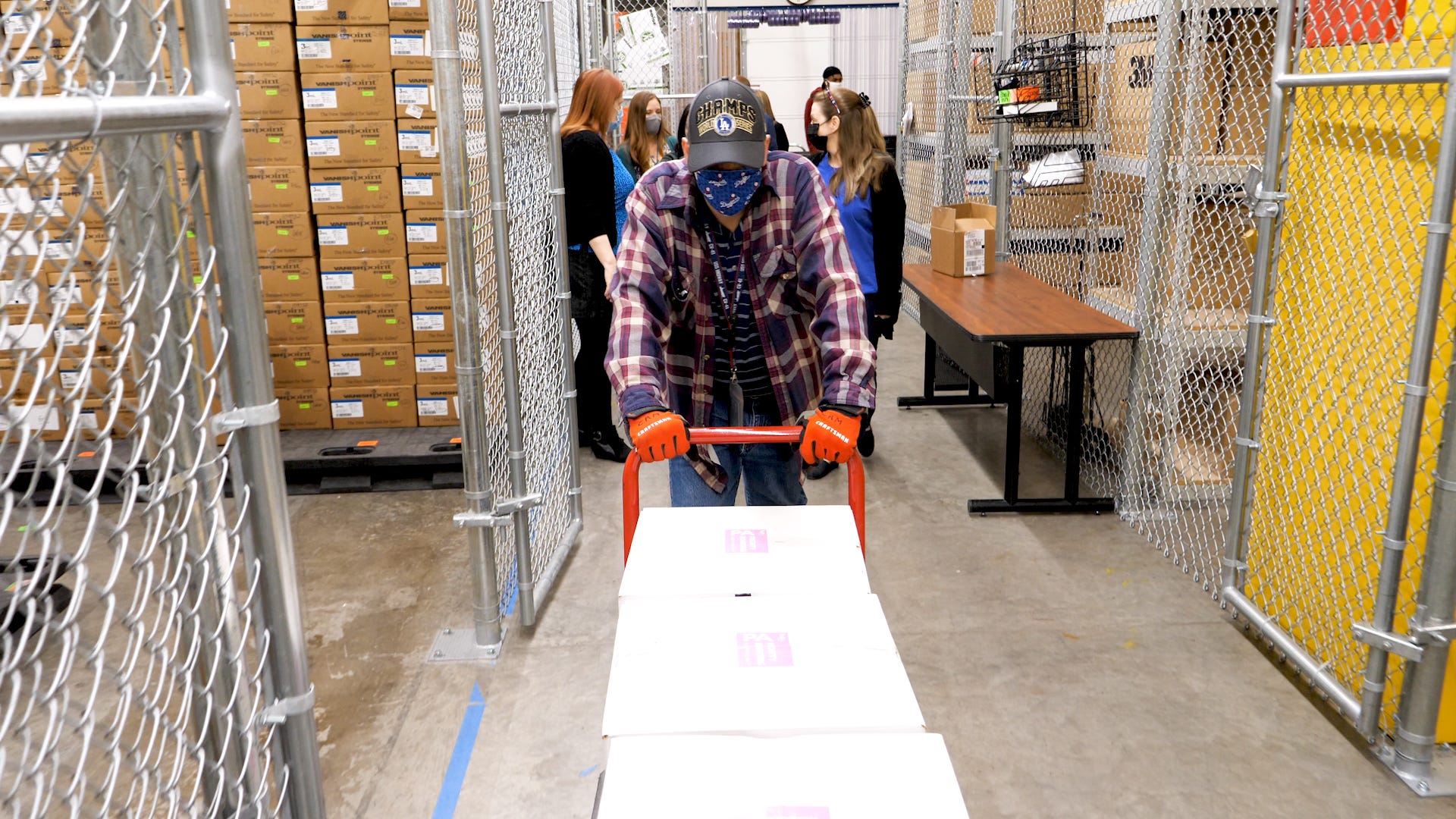I’m now sure our institutions must be dismantled and rebuilt.
Testing, Testing

Robust testing could allow us to calm the Covid extremists and get back to normal.
The following item originally appeared at RealClearHealth.
Getting Americans tested for Covid-19 has been a critical public health strategy to combat the crisis from the very beginning. Early in the crisis, the Trump administration was successful in an unprecedented effort to ramp up development, production, and distribution of Covid tests. What does that success mean for future innovation and confronting the next health emergency?
Fortunately for America, the diagnostic and laboratory companies created multiple tests of many kinds, within weeks after we were informed about Covid. Indeed, the first rapid test was authorized by the U.S. Food and Drug Administration (FDA) in March 2020, relatively early in the pandemic, which was a huge step forward. Throughout the spring and summer of 2020, there was a continuous public demand for more and faster tests, as the issues of whether and to what extent Covid transmitted symptomatically and/or asymptomatically, was being debated. The public learned a foreign language of PCR, antigen, antibodies, swabs, reagents, T-cells, sensitivity, specificity and many other formerly obscure minutiae of the world of testing.
Swiftly, from a historic point of view, but slowly, from the public’s point of view, the U.S. testing industry, from manufacturers to laboratories to physicians, pathologists and technicians, stretched in capacity and speed, until by summer 2020, there was over twice the capacity in the U.S. to conduct tests, as there was public demand for tests, although there was never perfect coverage in every part of our nation, with local and regional gaps in coverage in different tests.
As for public attitudes toward testing, they ranged widely, from those who believed that testing was intrusive and violative of rights to bodily integrity, to privacy advocates concerned about how testing information was being monitored and used to employers who saw testing as a way to return safely to work, and health authorities who wanted to use information to plan for response. And while skeptics pointed out that tests were only useful as a temporary snapshot of infection and useless a moment later, worried citizens believed testing could provide relatively continuous updates on their own state of infection and of all those around them: family members, co-workers, and everyone they encountered. Testing was central to everything Covid: from opening schools to visiting grandma.
And despite great and enduring public clamor for ever more test production, we had within six months far more test capacity nationally than was being used. And even with initial temporary hiccups in testing development, many tests were developed and authorized. In a testament to our country’s inventive and productive capacity, before the end of 2020, several rapid tests and at-home tests were authorized, and over 150 million rapid tests were distributed. This was a triumph of our scientists, inventors and manufacturers which has been little appreciated.
But this real and good achievement represents a future challenge we must grapple with: what will the role of testing in fighting infectious disease be from now on?
It is said that the most dangerous thing in politics is rising expectations. Pair that with the fact that we had achieved a very real but underappreciated milestone: rapid, at-home and widely available tests for a new infectious disease in under a year. At HHS, we helped incentivize and push successfully for these tests. Much of that was achieved by embracing regulatory flexibilities and also providing a dependable market for tests, and the combination of these two basic factors engendered a successful response from the industry. However, these elements may not always be present for each new disease. But if not, why not? Will the public expect this kind of technology to be available in this way in the future? We’ve already witnessed the public’s dissatisfaction with the government’s test distribution at the end of the Omicron wave. By the time the threat was recognized, and tests were determined to be necessary, the variant already surpassed 70 percent of U.S. infections. Expectations were high, and the plan was unfortunately seen as too little too late.
And as most of the country seeks an off-ramp to normalcy past this pandemic, a broad fact must be realized: a substantial and influential portion of the public remains convinced that the pandemic is raging and does not see a need for a return to normalcy, or in any case disagrees strongly on the timetable, milestones, and rationale for such an “end” to the pandemic. Indeed, prominent public health experts continue predicting another Covid uptick and a return to Covid restrictions.
However, could the public health community embrace testing as an alternative to a return of more intrusive and coercive public health regimes? And as we gradually collectively return to normal life, but without a fully vaccinated population (legal coercion and efforts to stigmatize the unvaccinated having failed), should testing become more prevalent, and can it serve in some way as an alternative to, say, mandatory vaccination? If other coronaviruses or other infectious diseases arise (and they will), can we use testing as a more central part of our public response, given that we now know that we can prepare tests relatively quickly, from a technological point of view? Indeed, some kinds of testing may be able to be used to obviate heavy-handed coercion from governments (or private entities acting at the behest of governments), whether to forcibly vaccinate, isolate, distance or whatever extreme measures might be recommended in the future.
Therefore, in order to avoid in the future, the worst elements of our past public health responses, such as the lockdowns that have had such negative health and economic consequences, we must engage now on these questions.
New modes of testing can mean that information on the spread of disease can now be produced quickly, broadly and inexpensively. That being so, the public will likely demand it for their use and protection. How and when this information from testing is used by political leadership, private businesses, and families, as well as the public at large, will determine whether in the short term we remain with half of the country continuously fearful of a disease it cannot see and measure, and also whether in the long term we revert to the kinds of unsophisticated and heavy-handed (but perhaps in context unavoidable) responses we have seen in the recent past. It would be tragic if the failed elements of our recent responses are ever replicated. Part of the way to prevent this may be to understand what we can do in the future with testing, prepare for it, and use it creatively. We must not remain forever in our current half-fearful state of a never-ending twilight of the pandemic. Likewise, we must not repeat our recent policy mistakes. To avoid both of these, we must understand how we will get and use disease information in the future to enable our public health response without wounding or wrecking our society. Creative approaches to testing may be a way out. The administration and the public health community have time to work out next steps on testing.
Let’s hope they get it right.
The American Mind presents a range of perspectives. Views are writers’ own and do not necessarily represent those of The Claremont Institute.
The American Mind is a publication of the Claremont Institute, a non-profit 501(c)(3) organization, dedicated to restoring the principles of the American Founding to their rightful, preeminent authority in our national life. Interested in supporting our work? Gifts to the Claremont Institute are tax-deductible.
COVID-19 revealed what fools we have made of ourselves.
The U.S. military can work with the private sector to immunize efficiently.



